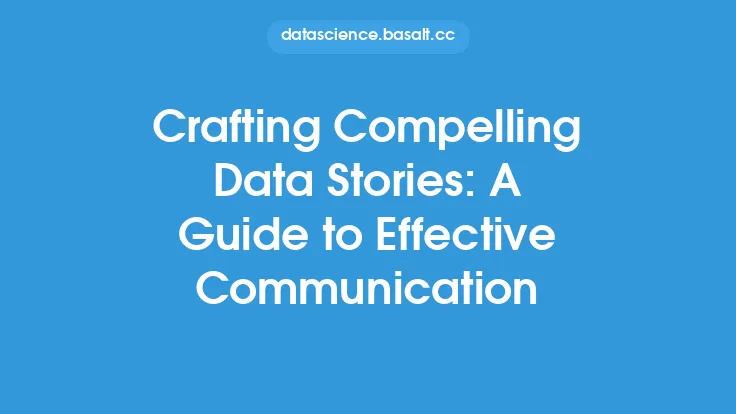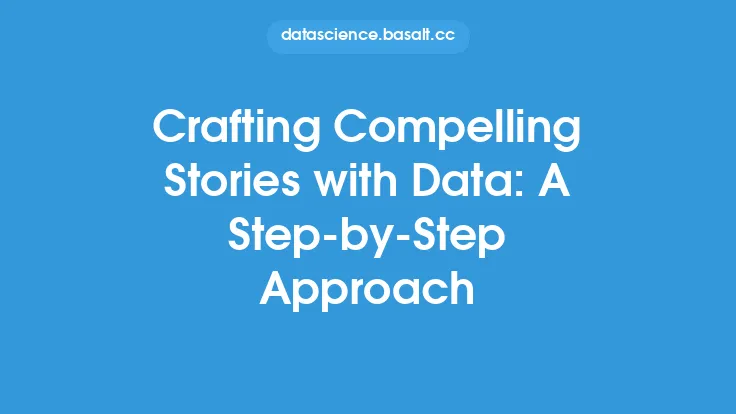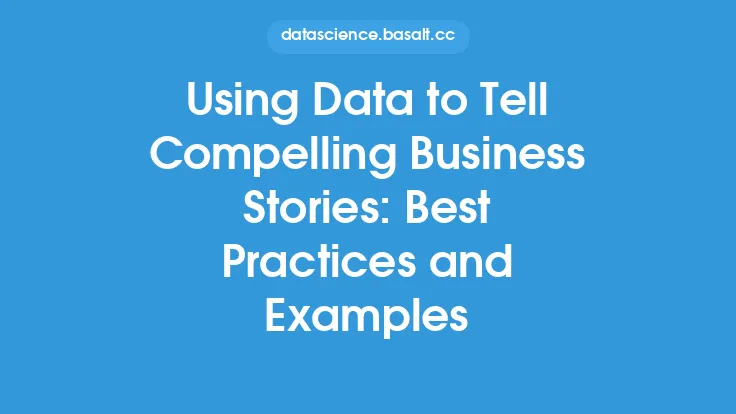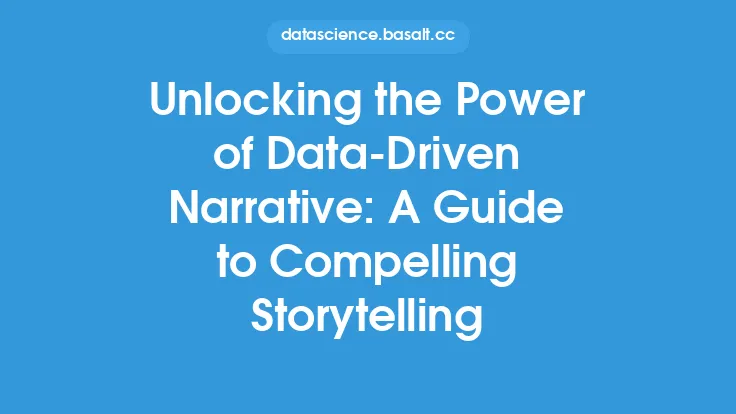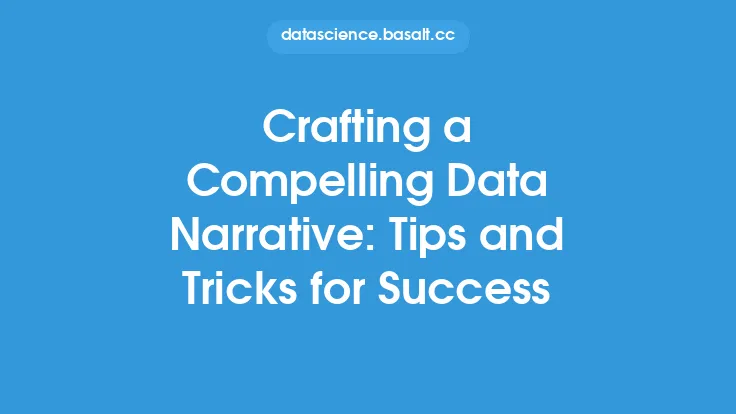In the realm of data analysis, the ability to extract insights and meaningful patterns from complex datasets is only half the battle. The other half, and arguably the more challenging one, is communicating these findings in a way that resonates with the intended audience. This is where the art of crafting compelling data stories comes into play, serving as the bridge between the technical world of data analysis and the practical realm of decision-making. Effective data communication is not just about conveying information; it's about inspiring action, guiding strategy, and fostering understanding among diverse stakeholders.
Understanding the Foundations of Data Storytelling
At its core, data storytelling is about presenting data in a context that gives it meaning and relevance to the audience. It involves weaving a narrative around the data that highlights its significance, implications, and potential applications. This narrative is built on several foundational elements: the data itself, the insights derived from the data, and the story that connects these insights to the audience's interests and concerns. Understanding these elements and how they interplay is crucial for crafting compelling data stories.
The Role of Data Visualization
Data visualization plays a pivotal role in data storytelling, serving as a powerful tool to communicate complex data insights in an intuitive and engaging manner. Visualizations can range from simple charts and graphs to complex interactive dashboards, each chosen based on the nature of the data and the message being conveyed. Effective data visualization should be clear, concise, and relevant to the story, avoiding unnecessary complexity while highlighting key trends, patterns, and correlations. The choice of visualization technique can significantly impact the audience's ability to understand and engage with the data story, making it a critical aspect of the storytelling process.
Crafting the Narrative
The narrative of a data story is what gives the data its context and meaning. It's the thread that weaves together various data points, insights, and visualizations into a coherent and compelling message. Crafting this narrative involves several key steps: setting the stage by introducing the problem or question being addressed, building the tension by presenting the data and its insights, and resolving the story by discussing the implications and potential actions. The narrative should be tailored to the audience, considering their level of technical expertise, their interests, and what motivates them to engage with the data story.
Engaging the Audience
Engaging the audience is a critical aspect of effective data storytelling. It involves understanding who the audience is, what they care about, and how they can be motivated to act on the insights presented. This requires a deep understanding of the stakeholders, including their goals, challenges, and how the data story can help address these challenges. The story should be designed to resonate with the audience on an emotional level, making the data more relatable and memorable. Techniques such as using anecdotes, real-world examples, and emphasizing the human impact of the data can help in creating a stronger connection with the audience.
Technical Considerations
From a technical standpoint, crafting compelling data stories often involves working with a variety of tools and technologies. This can include data analysis software for extracting insights, data visualization tools for creating interactive and dynamic visualizations, and presentation software for delivering the story. The choice of technology should be guided by the needs of the story and the preferences of the audience. Additionally, considerations such as data privacy, security, and integrity are paramount, especially when dealing with sensitive or personal data. Ensuring that the data story is built on a foundation of reliable, accurate, and ethically sourced data is essential for maintaining credibility and trust with the audience.
Best Practices for Effective Communication
Several best practices can guide the process of crafting compelling data stories. First, keep the story simple and focused, avoiding unnecessary complexity and jargon. Second, use storytelling techniques such as a clear beginning, middle, and end, and emphasize the key findings and recommendations. Third, leverage interactive and dynamic visualizations to engage the audience and facilitate exploration of the data. Fourth, tailor the story to the audience, considering their level of expertise and what resonates with them. Finally, be prepared to iterate and refine the story based on feedback and engagement from the audience.
Conclusion
Crafting compelling data stories is a multifaceted challenge that requires a blend of technical expertise, storytelling ability, and understanding of the audience. By focusing on the foundational elements of data storytelling, leveraging data visualization effectively, crafting a narrative that resonates with the audience, and considering technical and ethical implications, data analysts and communicators can create stories that inspire action, guide decision-making, and unlock the full potential of data. As the volume and complexity of data continue to grow, the ability to tell compelling data stories will become increasingly important, making it a vital skill for anyone looking to drive impact and change through data-driven insights.
